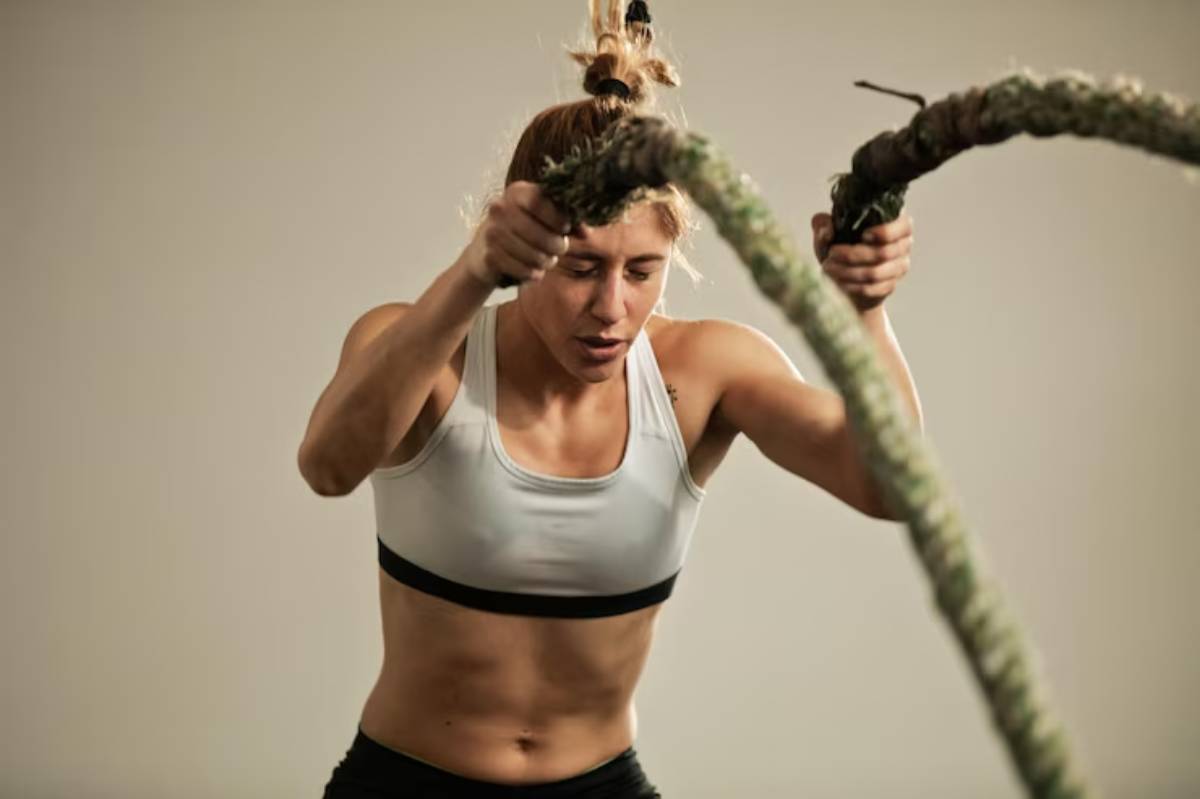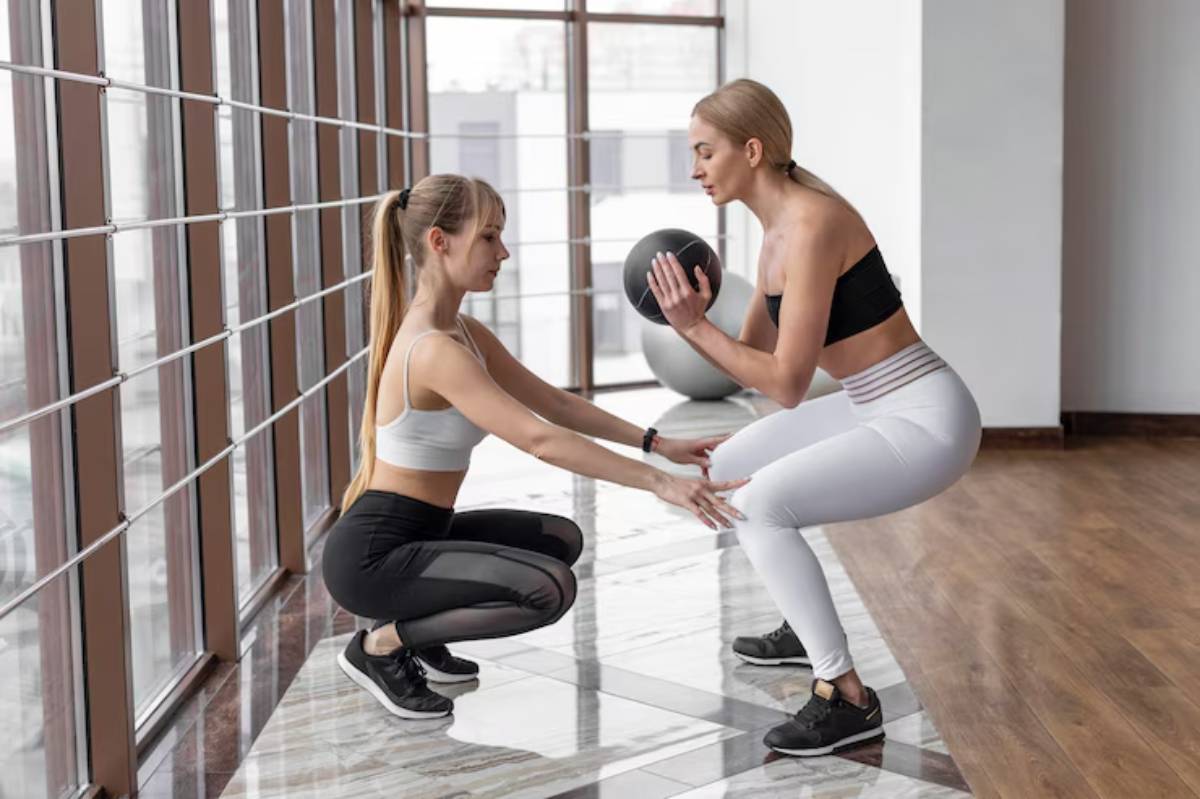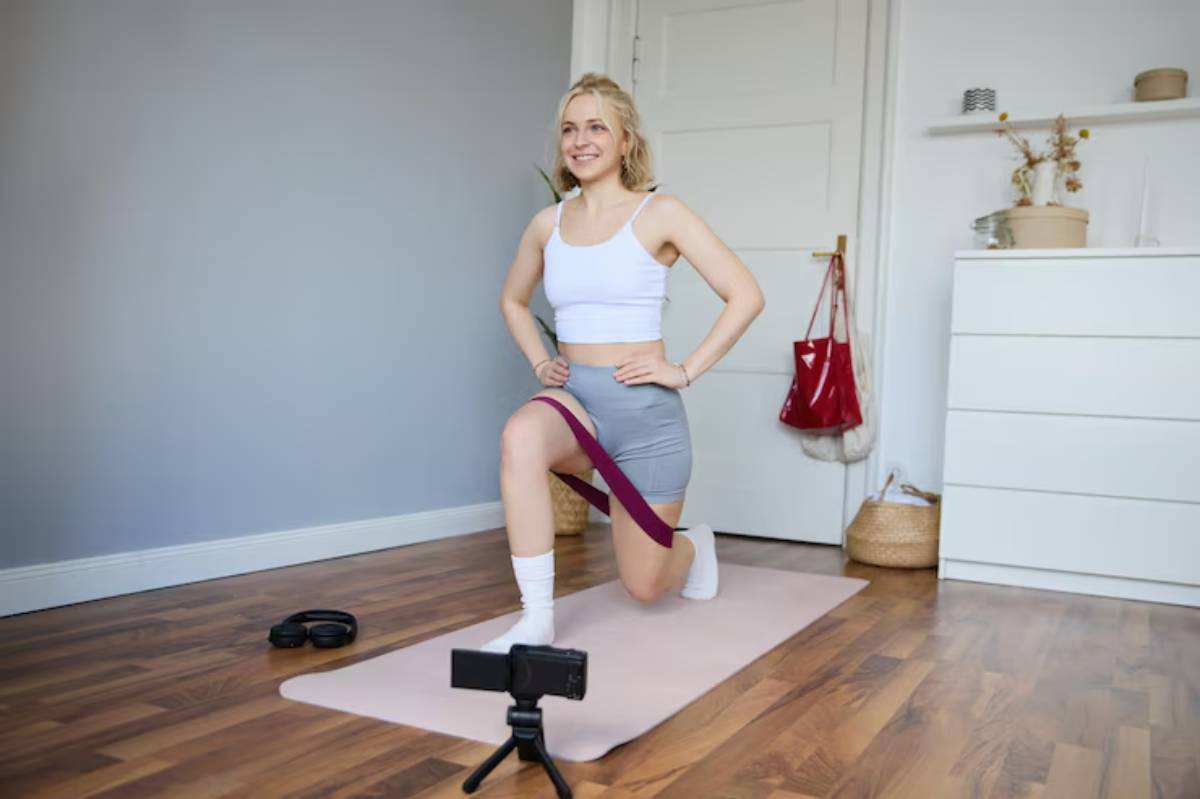
Strength Phases: Hypertrophy, Power & Endurance
If you’ve been lifting for a while but feel stuck — not stronger, not leaner, not energised — it might not be your motivation. It’s likely your programming.
Strength isn’t a one-size-fits-all concept. It evolves in phases, each serving a specific purpose. Understanding these training phases — hypertrophy, power, and endurance — is the difference between spinning your wheels and seeing consistent results.
What’s more, for women especially, periodised training supports hormonal balance, recovery, and sustainable progress, without the burnout.
What Is Periodised Training?
At its core, periodisation is the strategic cycling of training phases to avoid plateaus and overtraining.
Each phase targets a different aspect of muscular development:
- Hypertrophy: Focuses on muscle size and volume
- Power: Builds explosive strength and neuromuscular coordination
- Endurance: Trains muscular stamina and recovery
By rotating these intelligently, women can progress in strength, improve their physique, and reduce injury risk — all while keeping training interesting.
Phase 1: Hypertrophy – Build the Base
What It Is
Hypertrophy training is designed to increase muscle fibre size, laying the foundation for future strength and power.
Why Women Need It
Contrary to the myth, hypertrophy doesn’t equal bulk. For women, it builds shape, definition, and lean muscle mass, all while boosting metabolism.
Key Training Features:
- Reps: 8–12
- Sets: 3–5
- Rest: 30–60 seconds
- Load: Moderate, with muscle fatigue in final reps
Best Exercises
- Dumbbell Romanian deadlifts
- Bulgarian split squats
- Seated shoulder presses
- Incline dumbbell presses
- Glute bridges with resistance bands
This phase is perfect if your goal is a toned, strong physique. It also builds the work capacity and joint integrity needed before heavy or explosive phases.
Want to explore a full cycle that leans into hypertrophy? Check out the 12-week muscle gain program for women for a complete start-to-finish plan.
Phase 2: Power – Train for Explosiveness

What It Is
Power training enhances your ability to produce force quickly. Think of athletes jumping, sprinting, or lifting fast — that’s power in action.
Why Women Benefit
Power development supports bone health, agility, and athleticism. It’s especially helpful for postural control, dynamic sports, and daily life demands.
Key Training Features:
- Reps: 3–6 (explosive reps)
- Sets: 3–5
- Rest: 1–3 minutes
- Load: Heavy but moved fast
Best Exercises
- Kettlebell swings
- Barbell push presses
- Trap bar deadlifts
- Box jumps
- Clean pulls
Power phases demand intensity — so recovery is key. You’ll likely reduce training frequency slightly to accommodate this.
Phase 3: Endurance – Sustain the Effort
What It Is
Muscular endurance training focuses on your ability to sustain effort over time, keeping your muscles active under fatigue.
Why It Matters for Women
Endurance training supports cardiovascular health and prepares your body for longer workouts, improved circulation, and metabolic conditioning. It’s also essential for women balancing other fitness goals or life stress.
Key Training Features:
- Reps: 12–20+
- Sets: 2–4
- Rest: 15–45 seconds
- Load: Light to moderate
Best Exercises
- Dumbbell snatches
- Goblet squats with tempo
- Plank to push-up
- Step-ups with knee drive
- Supersets or circuits
Endurance blocks can feel more intense, but they often support fat loss, muscular tone, and aerobic capacity.
If you’re in a deload or recovery season, this phase can still keep you moving while easing joint stress.
How Long Should Each Phase Last?
The magic number is often 4–6 weeks per phase, but this can be adjusted based on goals and experience level.
Sample 12-Week Cycle:
- Weeks 1–4: Hypertrophy
- Weeks 5–8: Power
- Weeks 9–12: Endurance
You can also reverse this order or customise based on your needs. The important thing is that you’re not doing the same style of training all year.
How to Transition Between Phases Smoothly

Transitioning from one phase to another isn’t about abrupt shifts. You can taper volume, increase rest, or change tempo over a week to ease your body into the new demands.
Tips for success:
- Deload for 1 week between major phases
- Adjust calorie intake (e.g., increase slightly for hypertrophy)
- Prioritise sleep and stress reduction during power cycles
- Reassess mobility and technique before high-volume endurance work
Female-Specific Benefits of Strength Periodisation
Women’s bodies respond uniquely to structured resistance training.
Periodisation can help support:
- Hormonal balance: Especially across menstrual phases
- Mood and energy regulation: Thanks to endorphin and dopamine release
- Metabolic function: Muscle increases resting energy expenditure
- Posture and joint health: Especially with core and glute engagement
This isn’t just about aesthetics. It’s about function, performance, and longevity.
Progression vs Perfection
Not every workout will feel strong, and not every cycle will yield linear results — and that’s okay.
The beauty of periodised training is that it teaches you to embrace cycles. Just like seasons, our bodies thrive when they’re allowed to ebb and flow.
Tracking your journey — in weights lifted, reps completed, or how you feel — is a powerful tool to stay grounded and goal-oriented.
Want a guide on how to measure beyond numbers? Don’t miss this resource on measuring progress in the gym without the scale.
Customising Phases to Your Lifestyle

Don’t have time for five gym sessions per week? No problem. Periodisation is flexible.
Here’s how to adapt:
- 2–3 sessions/week: Focus on compound lifts and rotate through phases over longer spans
- Training at home: Use tempo, time-under-tension, and minimal equipment to hit goals
- Busy/life-heavy phases: Stick with endurance or low-volume hypertrophy work
Consistency matters more than perfection. Customisation creates sustainability.
When to Repeat or Reset the Cycle
After one 12–16 week block, take time to reflect:
- Did your lifts increase?
- Do you feel more energised or fatigued?
- Are your goals shifting?
You can repeat phases with new rep ranges or intensities. Or dive deeper into the one you enjoyed most.
Some women run multiple hypertrophy cycles to focus on muscle growth, while others alternate between endurance and power for sport or lifestyle goals.
There’s no one “right” path — only what works for your body and your season.
Own Your Strength Story, One Phase at a Time
Training in phases isn’t just smarter — it’s more intentional, empowering, and results-driven. It reminds you that building strength is a journey, not a sprint.
By understanding hypertrophy, power, and endurance — and how they serve your goals — you take full control of your training outcomes.
So whether you’re just starting or looking to optimise your current split, begin where you are. Strength is waiting on the other side of structure.
The strongest version of you starts with one well-planned phase.


